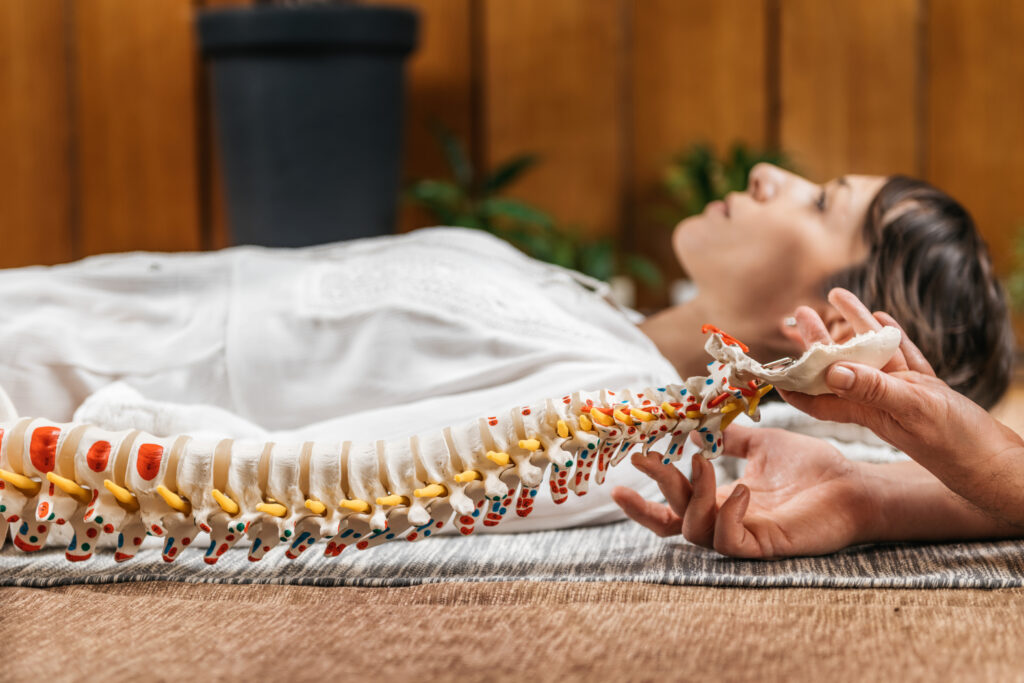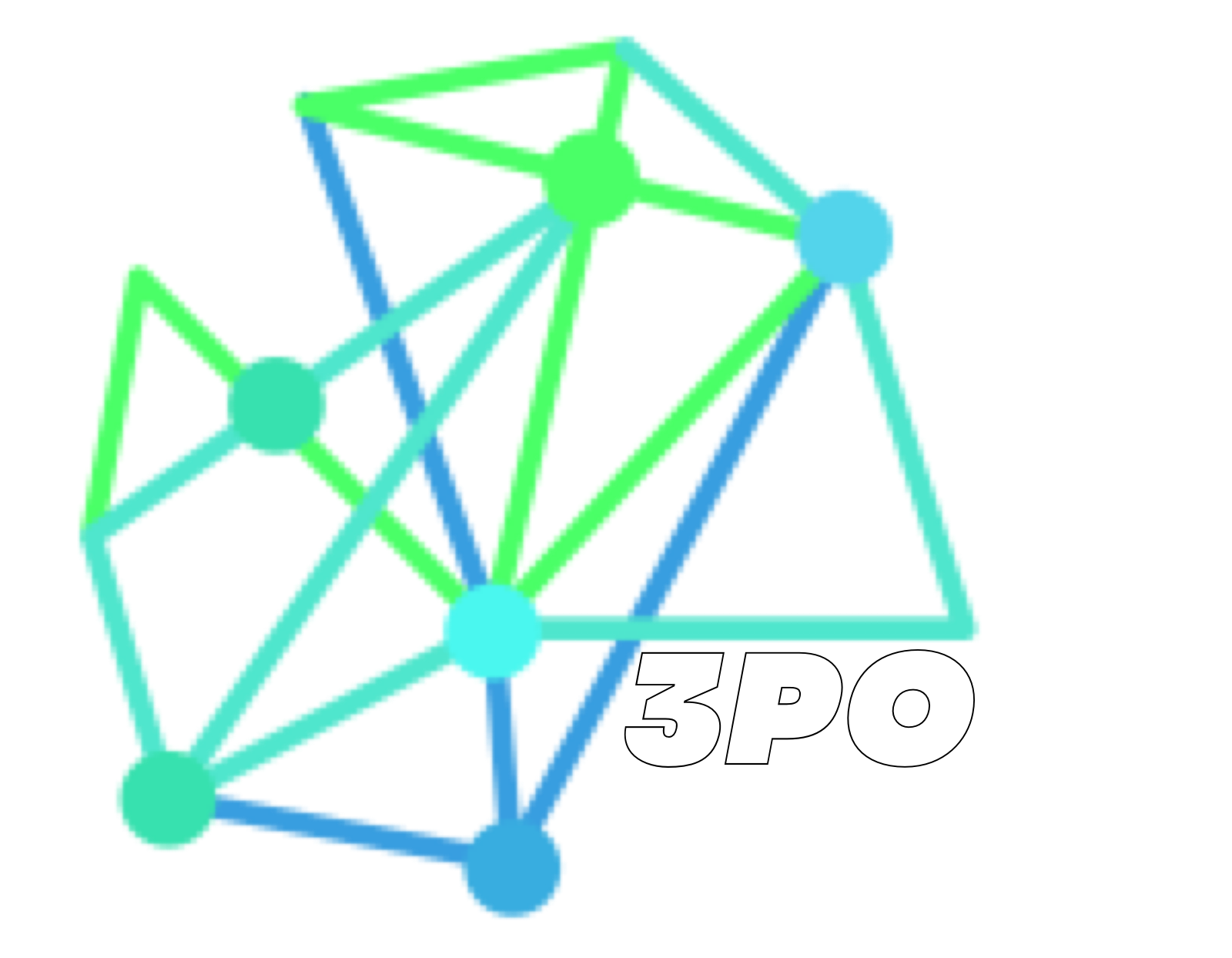Physiotherapy

Physiotherapy is a science degree based health care profession. It takes account of the whole person, including their lifestyle. A key element is the patient’s involvement in their own care, through education, awareness, empowerment and participation in their own treatment.
Physiotherapists use a variety of different techniques to treat people affected by injury, disability or illness. Techniques such as exercise, manual therapy, electrotherapy, soft tissue massage and education can help to restore normal movement and function.
Physiotherapy can be used to help manage a wide variety of health conditions that affect many of the body’s systems. We deal mainly with conditions related to problems with bones, nerves, joints and soft tissues. A few examples of these are painful backs, necks and joints, sports injuries, injury resulting from accidents or rehabilitation after a fall or surgery. Other conditions such as neurological problems can also benefit from physiotherapy but may require a neurological specialist physiotherapist, we can advise on this if you are unsure.
At your initial appointment, a full history of your injury and general health will be taken. This is to establish details about the cause and nature of your problem and can be crucial in reaching the correct diagnosis and subsequently the appropriate treatment. Your physiotherapist will then conduct a physical assessment to identify the source of the problem. Following the physical assessment, the physiotherapist will discuss and explain their findings to you. The most appropriate treatment will be explained to you and a personalised treatment plan will be created.
Osteopathy

Osteopathy is a form of manual therapy. This means that the osteopath tries to correct the loss of movement in the musculoskeletal system using manual techniques, i.e. with his hands.
Osteopathy is a holistic form of therapy with the aim of restoring the functional balance in the body. According to the principle of osteopathy, all areas of the body are interconnected and dependent on one another and thereby influence each other.
Thus, often the cause of pain is not where the symptoms are perceived. For example, the cause of neck pain can be from a dysfunction in the lumbar spine and vice versa.
Treatment
A treatment always begins with a case history (anamnesis), which can last up to twenty minutes. Among other things, questions are asked about the cause and origin of the pain.
- did the pain come on slowly or suddenly?
- is it something that has been playing up for years or only weeks?
- is the pain rather dull or sharp?
Through these specific questions, the complaints are explored in more depth. Based on the initial findings from the case history, an osteopathic hypothesis of the complaint is established. In the following manual examination, the osteopath aims to confirm this hypothesis by finding joint blockages and using specific orthopaedic tests.
The osteopath then tries to remove the blockages and dysfunctions found using specific manual osteopathic techniques. In general, a reduction in symptoms should be noticeable after two to four treatments.
If anything is unclear in the first session, the osteopath will refer the patient to a medical specialist for further investigations.
There are different schools and approaches within the osteopathic treatment methodology. Treatment by osteopaths can therefore be different.
Osteopathy is a recognized treatment method. Most supplementary health insurance plans cover the treatments. A doctor’s prescription is not necessary for this.
Inquire with your health insurance company before the treatment whether the costs will be covered.
When does osteopathy make sense?
Osteopathy is suitable for every age and constitution (athlete or non-athlete). Both in the preventive area as well as accompanying therapy, or in the follow-up treatment after surgery, acute crises or injuries.
Areas of application
E.g. back pain without clear findings,
acute and chronic back pain or tension, neck tension, headache, joint blockages, knee problems, scoliosis, growth disorders, postural problems, tennis and golf elbow, digestive problems, whiplash and as pregnancy support.
Classical and Sports Massage

Classic massage therapy is the type of massage that comes to mind when most people think about massage. As the best-known type of bodywork performed today, one of the primary goals of the classic massage technique is to relax the entire body and restore balance. It’s often used for injury prevention. Classical massage can use several techniques, such as stroking, rubbing, kneading, staining and vibration.
Sports massage is a form of massage involving the mobilisation of the soft tissues to benefit a person engaged in regular physical activity. It tends to be more targeted and directed to the problems regularly encountered in the sport of choice and the athlete. Sports massage is designed to assist in correcting problems and imbalances in soft tissue that are caused from repetitive and strenuous physical activity and trauma. The application of sports massage, prior to and after exercise, may enhance performance, aid recovery and prevent injury.
Exercise Guidance

What does Exercise guidance mean?
The classical way to categorise injuries is the traumatic and non-traumatic split. If the traumatic injury requires a precipitating event (a sprain, a fall, an accident…), the non-traumatic injuries, also called overuse injuries, have a different origin. These injuries are more frequent in cyclical sports such as swimming, running, cycling, cross-country skiing and the sports that combine these sports such as triathlon.
Try and imagine the same movement being repeated a million times per year. It’s easy to assume that the muscles responsible for that same movement will get stronger than the ones that are not a part of it. The idea of a muscle imbalance is very old and somewhat of an abstract construct but it still stands. Pain, injuries and problems may occur solely due to this.
Also it is very important to observe the idea of load management. At any given point in time, a certain amount of load is introduced in our system through physical activity. This load varies in intensity, duration and volume. Our ability to continuously take this load without problems keeps us injury free. However if the load becomes to much, overloading takes place and injury is much more likely.
Many problems and recurring injuries can be managed and sorted by identifying correctly these problems.
